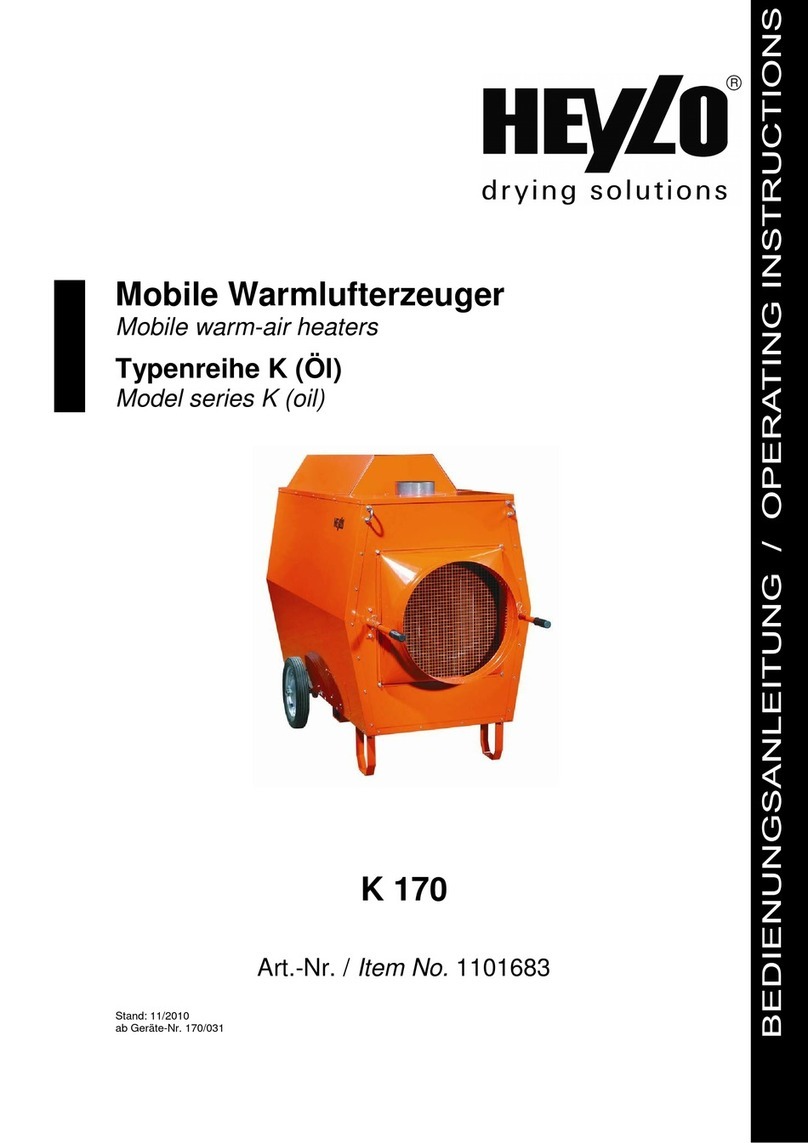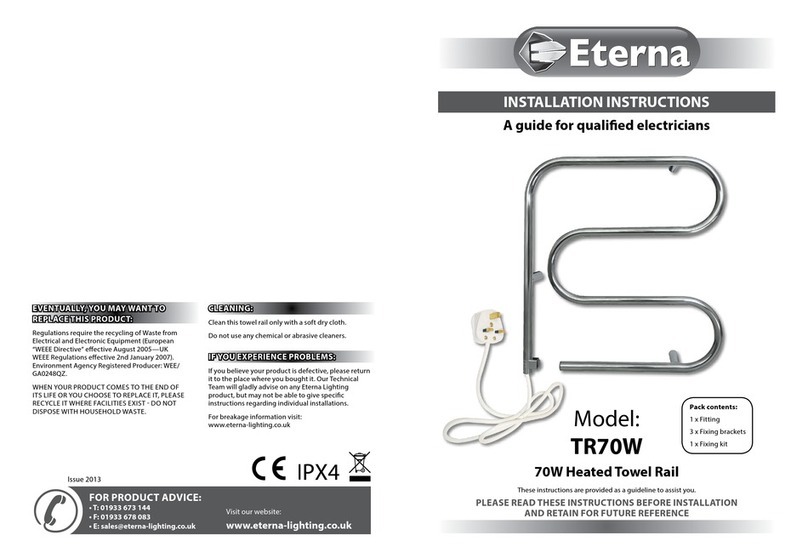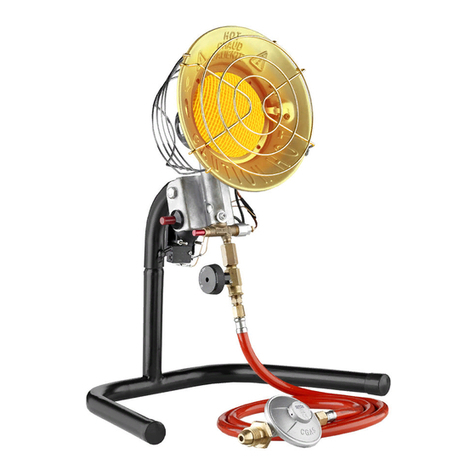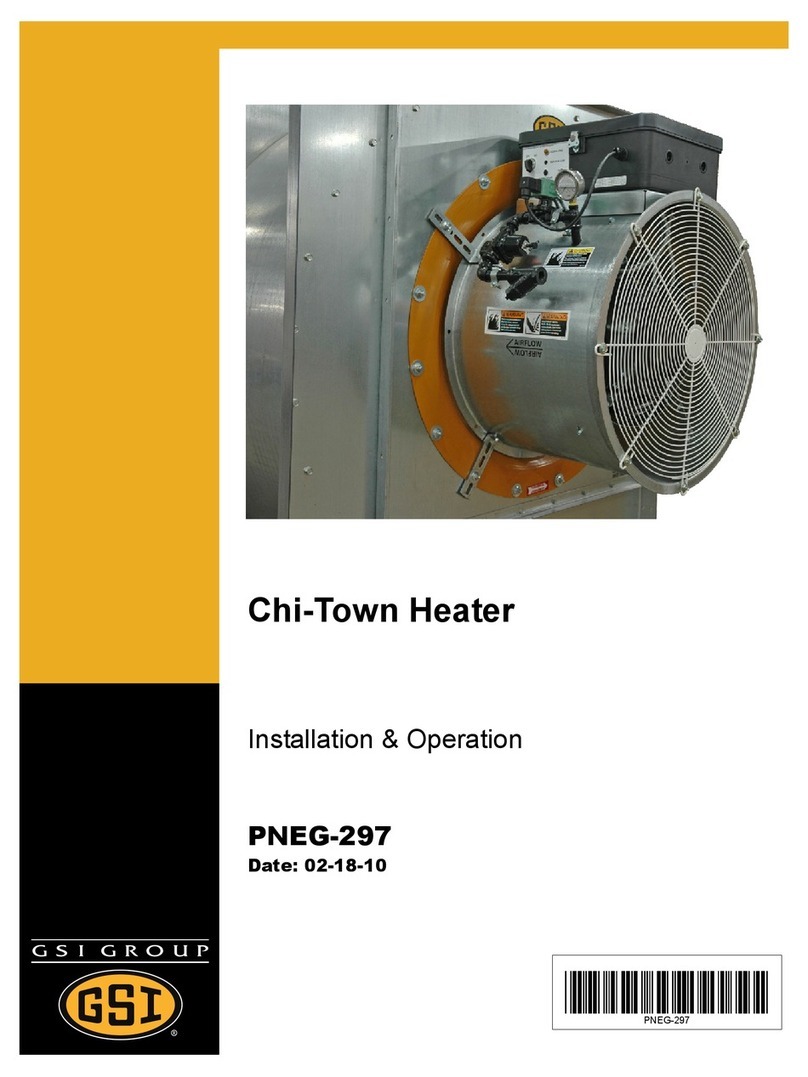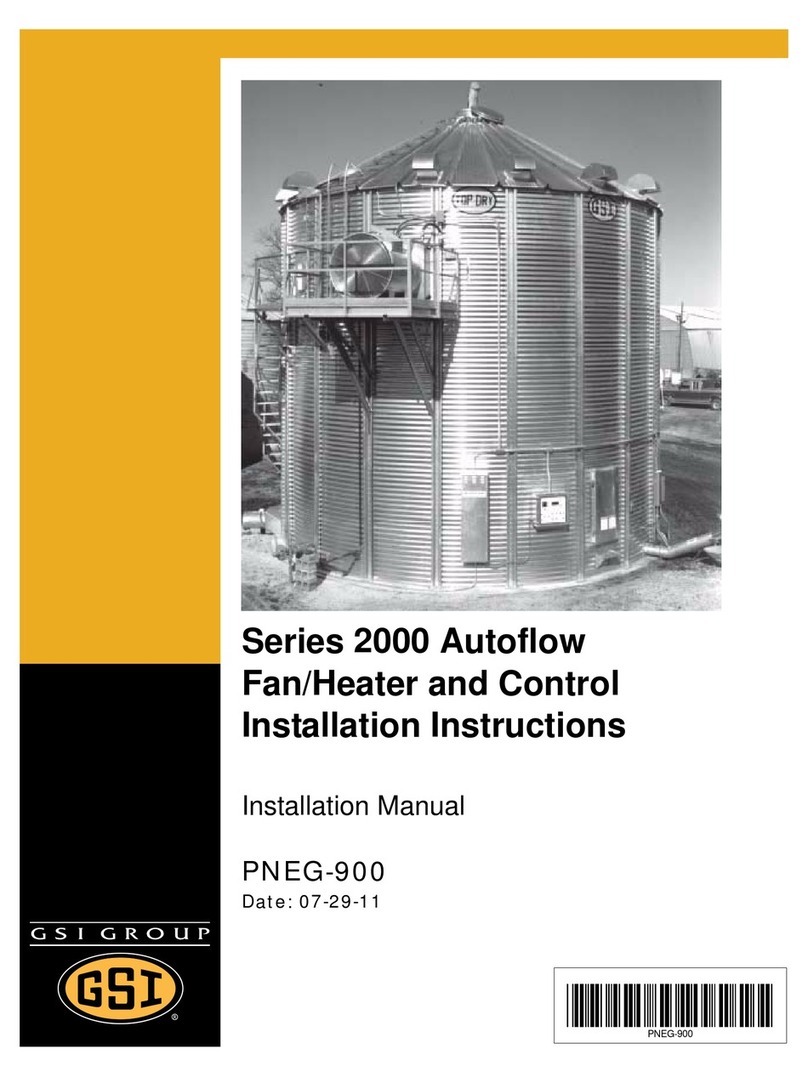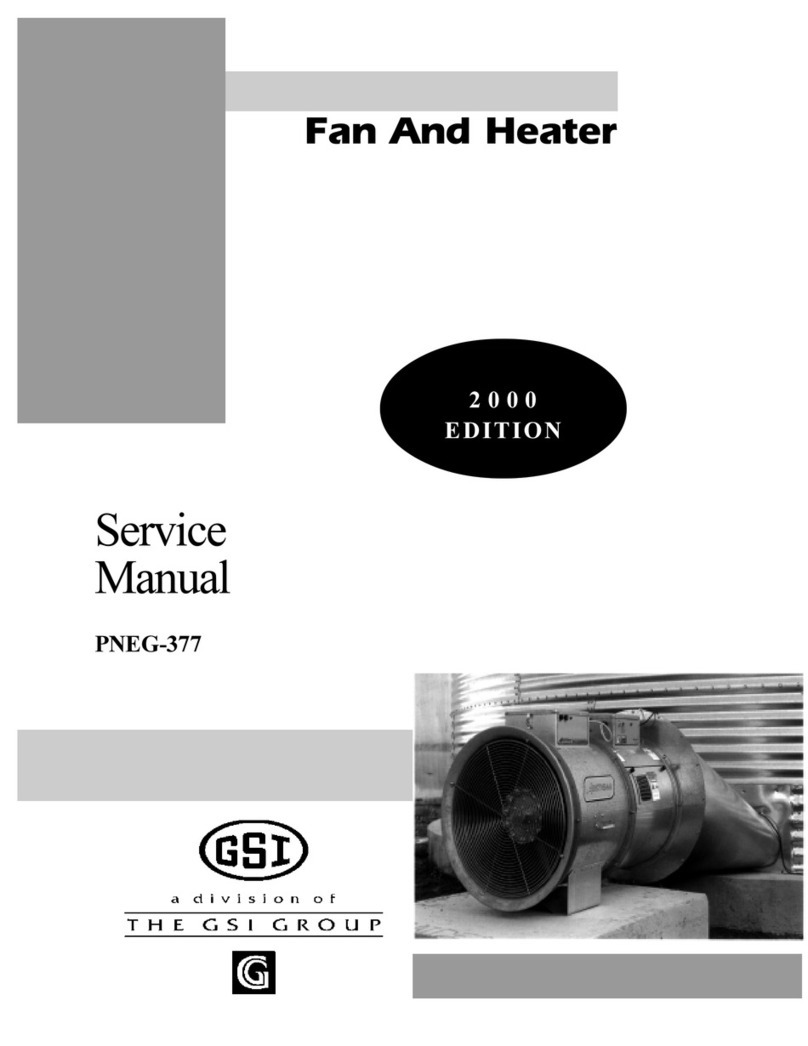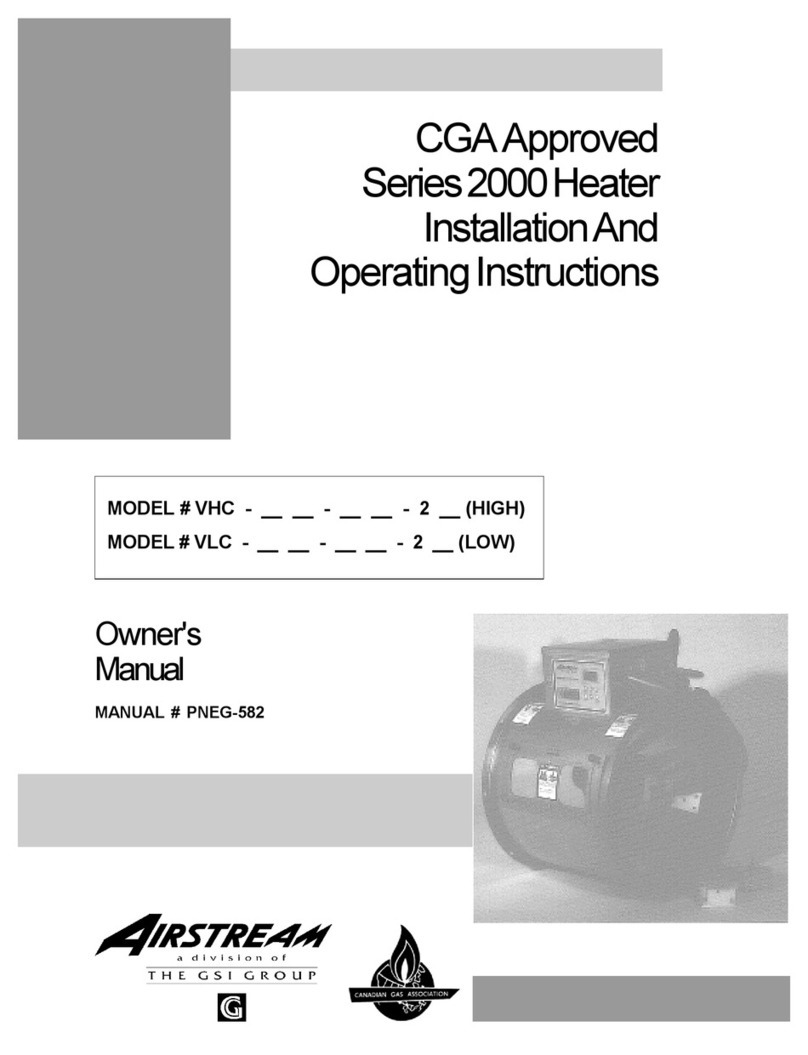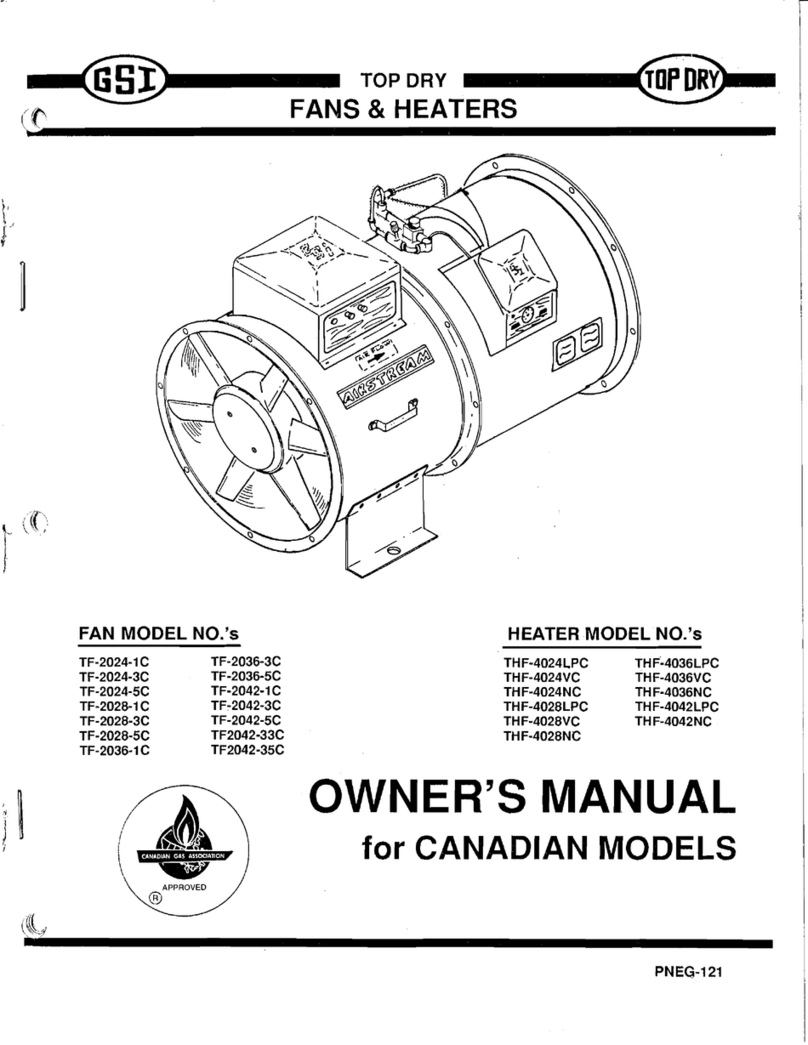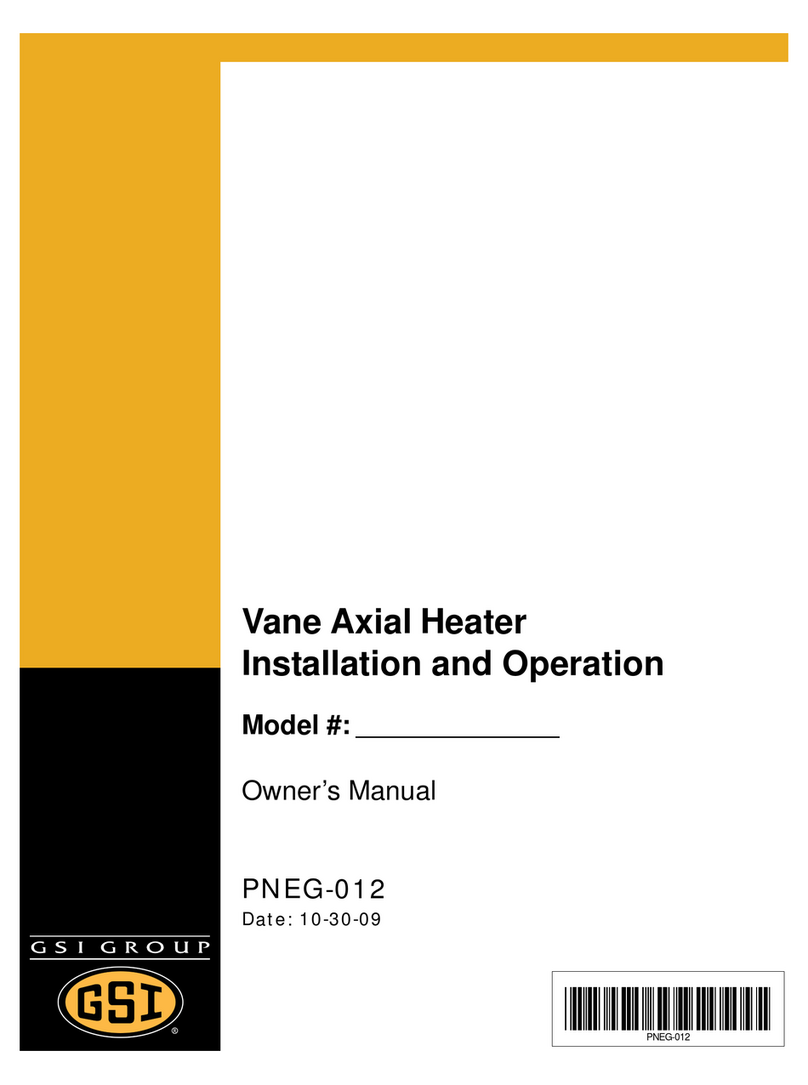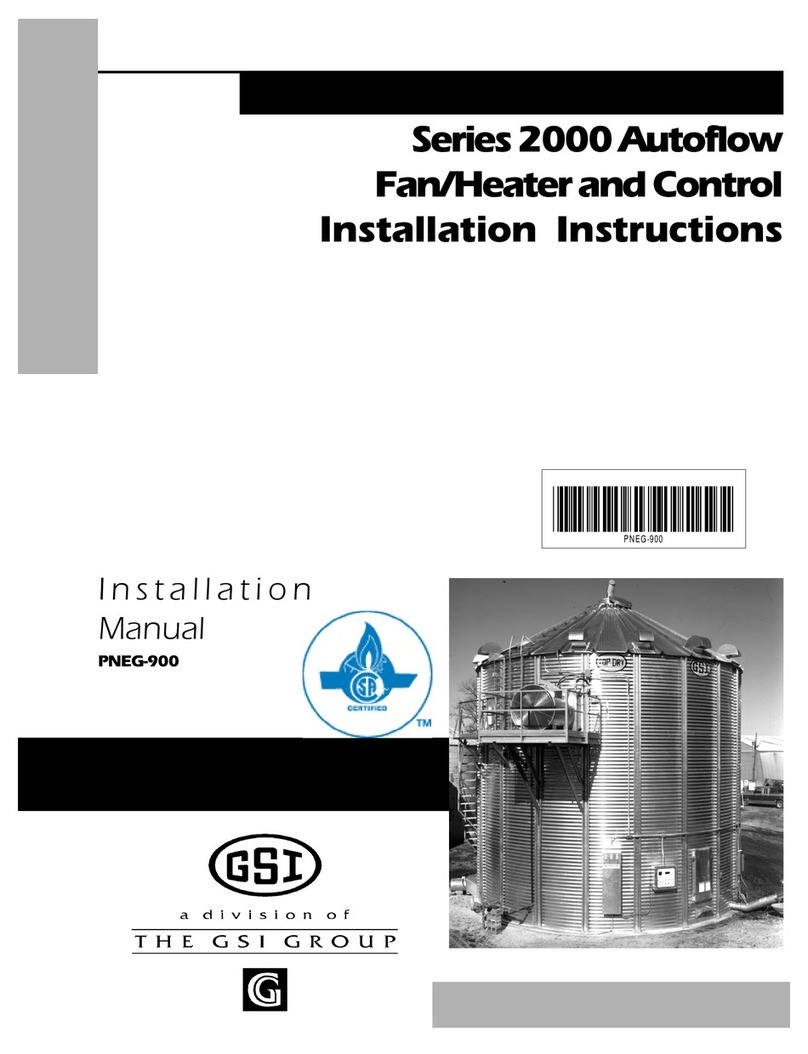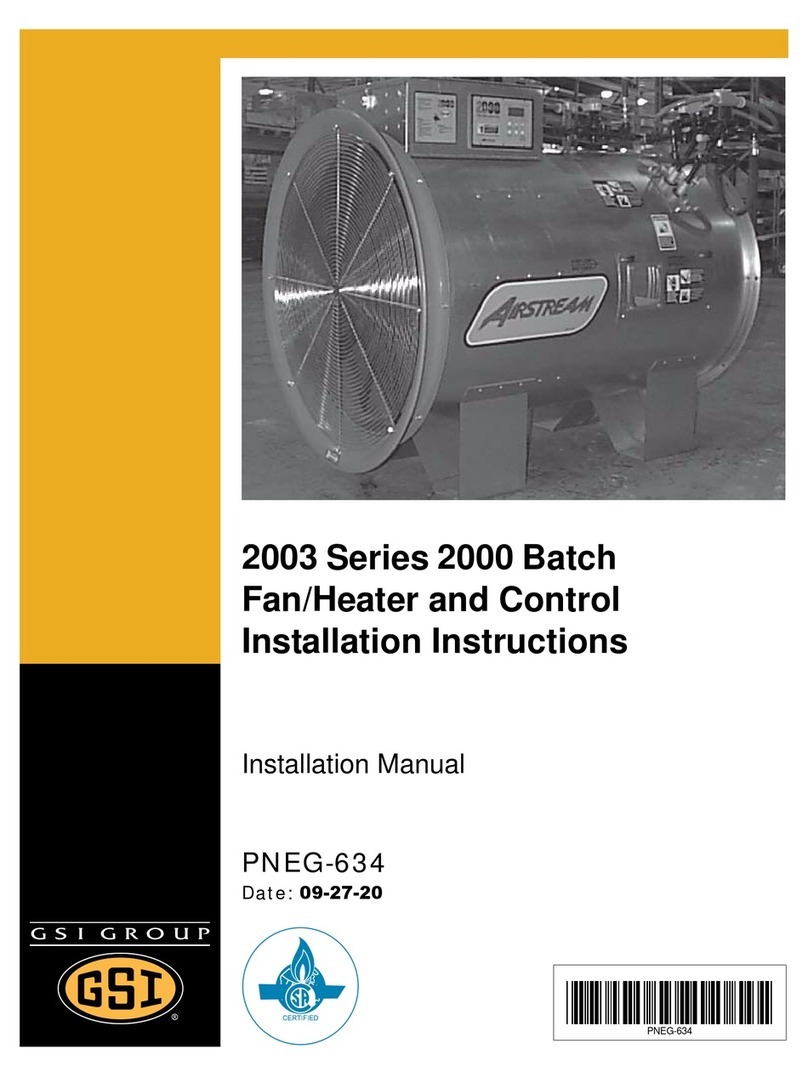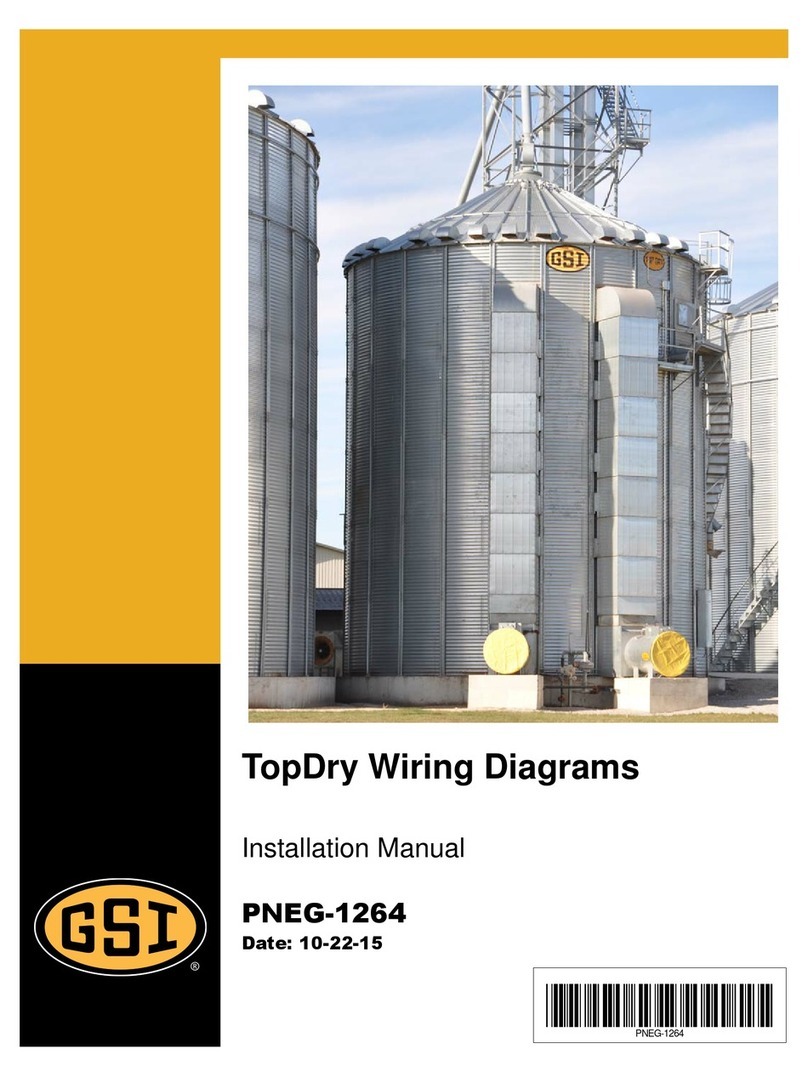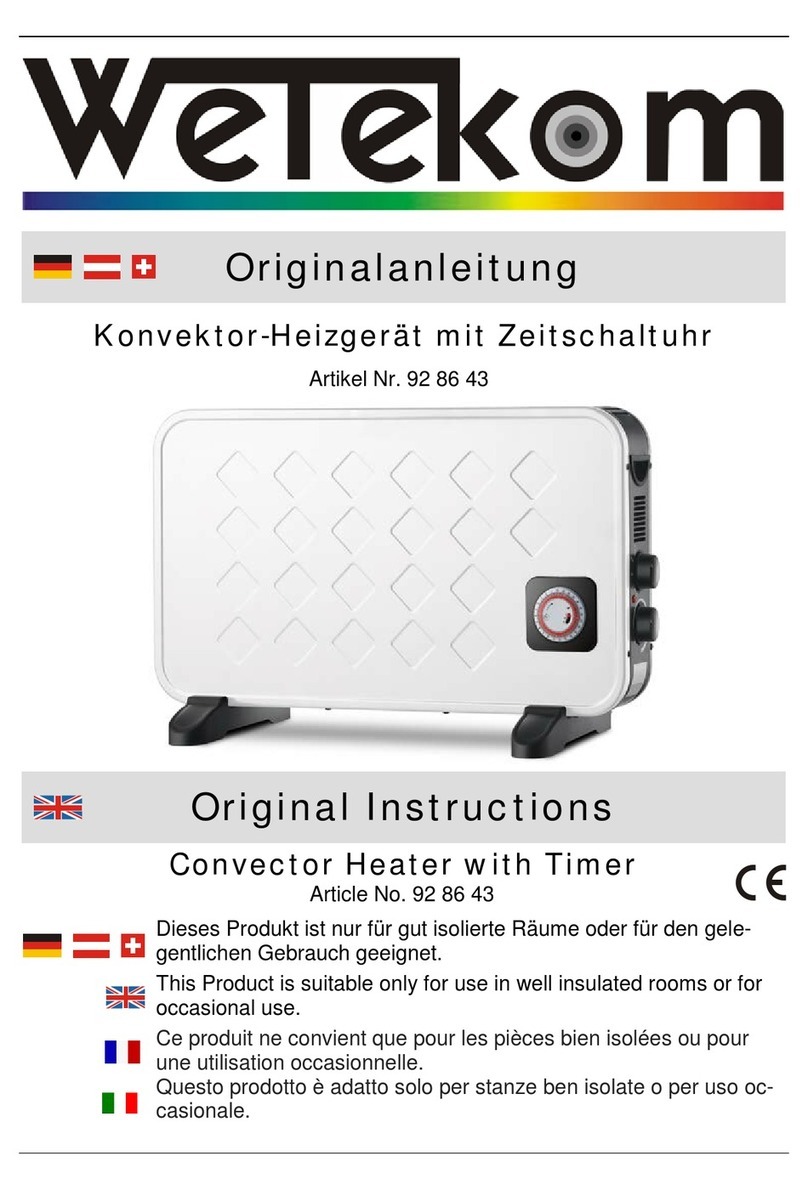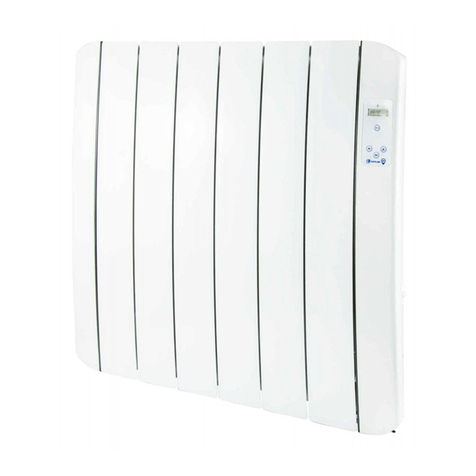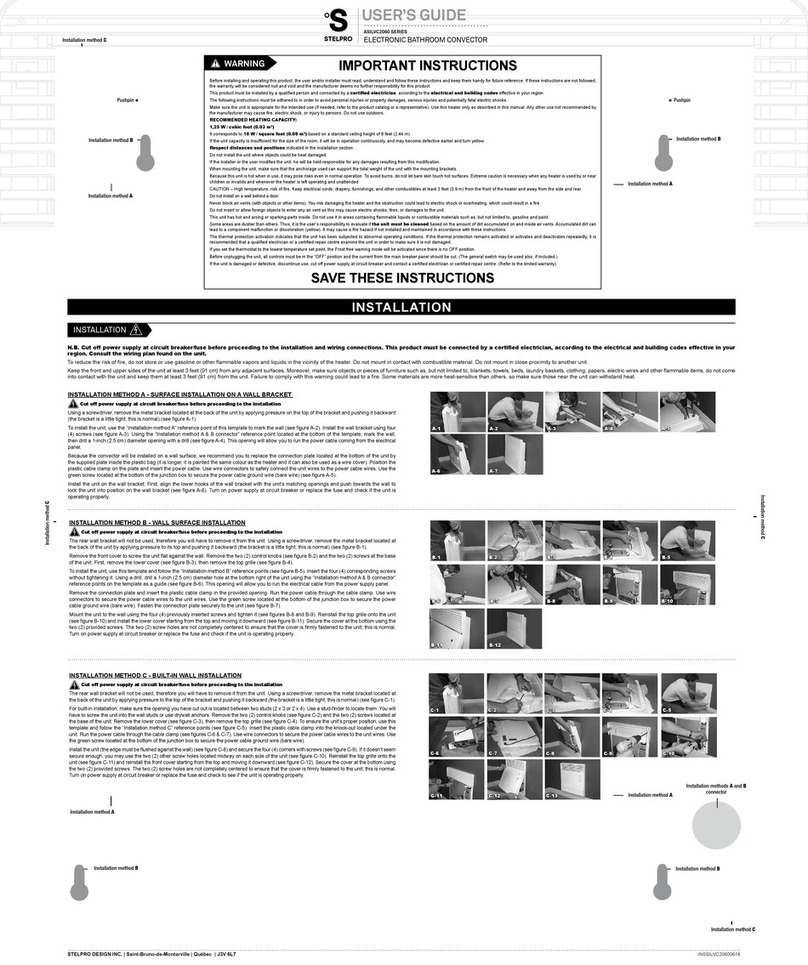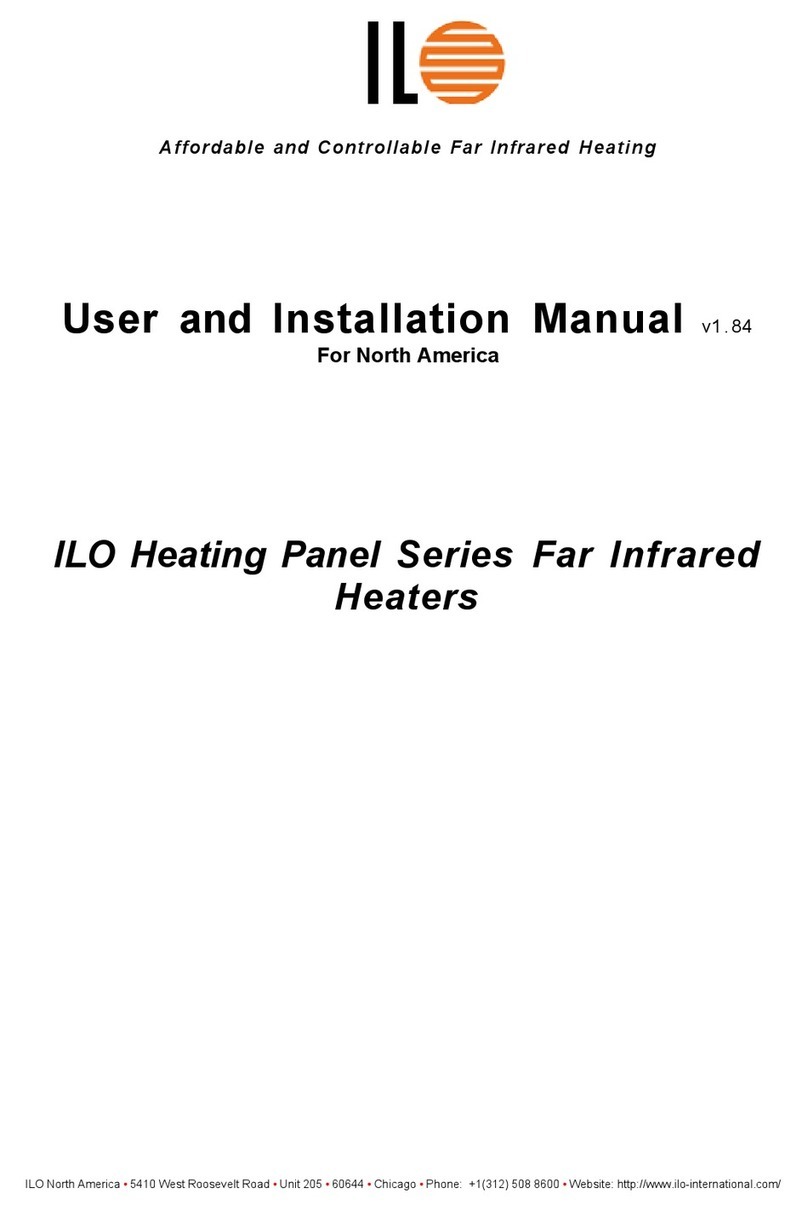
3
Series2000VaneAxialHeater TABLE OF CONTENTS
Roof Warning, Operation & Safety................................................................................4
Safety Alert Decals.......................................................................................................5
Series 2000 Heater Installation.........................................................................................6
High Temperature Heater Specifications................................................................6
Low Temperature Heater Specifications................................................................6
Air Pressure Switch and Temperature Sensor Box......................................................7
Transition Hi-Limit Installation................................................................................7
Bin Configuration/Operating Temperature Table...................................................8
Heater Unit Wiring..................................................................................................9
Secondary Heater Unit Wiring................................................................................9
Machine To Earth Ground.....................................................................................10
Proper Installation Of The Ground Rod.................................................................10
Previously Installed Units......................................................................................10
Fuel Connection For Liquid Propane Models.........................................................11
Fuel Connection For Propane Vapor Models........................................................11
Fuel Connection For Natural Gas Models............................................................11
Installing Optional Humidity Sensor....................................................................12
Series 2000 Operating Procedure....................................................................................13
Power Up..............................................................................................................13
Normal Operating Displays With Heater Not Running..........................................14
Starting The Dryer.................................................................................................15
Setting Gas Pressure ............................................................................................15
BTU's Per Gauge Pressure (PSI) Propane Models (Approximate)......................17
BTU's Per Gauge Pressure (PSI) Natural Gas Models (Approximate).................18
Adjusting the Air Pressure Switch.......................................................................19
Adjusting The Vaporizor........................................................................................20
Running The Dryer...............................................................................................20
Programming Set Points.......................................................................................21
Programming Hours To Shutdown.......................................................................22
Drying Grain In The Hours To Shutdown Mode...................................................22
Run Hours Display...............................................................................................22
Multiple Heater Notes............................................................................................22
Modulating Valve Operation.................................................................................23
Factory Configuration..................................................................................................24
Configuration Dip Switches (Normally Done At GSI)............................................24
Error Conditions..........................................................................................................25
Limit Switches......................................................................................................25
Multiple Heater Error Conditions...........................................................................25
Misc Error Numbers..............................................................................................25
Series 2000 Heater Service..........................................................................................26
Series 2000 Wiring Diagram.........................................................................................27
Series 2000 Heater Parts............................................................................................28
18" Gas Heater.....................................................................................................28
24" & 26" Gas Heater............................................................................................29
28" Gas Heater.....................................................................................................30
Axial Heater Control Box......................................................................................31
Axial Propane Vapor Pipetrain.............................................................................32
Air Switch Temperature Sensor Box.....................................................................33
Axial Natural Gas Pipetrain..................................................................................34
Axial Propane Vapor Hi-Lo Pipetrain...................................................................35
Axial Natural Gas Hi-Lo Pipetrain........................................................................36
Axial LP Pipetrain.................................................................................................37
Notes............................................................................................................................38
Warranty.......................................................................................................................39








